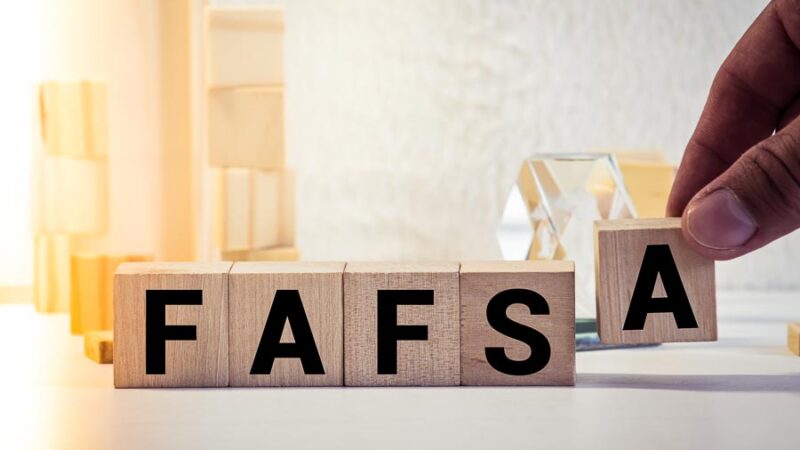Merry Christmas in German: Unwrapping Tradition

Introduction
Merry Christmas in German s the holiday season blankets the world in festive delight, the German-speaking regions unveil a celebration steeped in tradition and enchantment. At the heart of this joyous occasion is the warm and resonant phrase “Frohe Weihnachten,” translating to “Merry Christmas” in German. Join us on a journey to explore the cultural tapestry, traditions, and heartfelt spirit encapsulated in this Germanic wish for a joyous Christmas.
Frohe Weihnachten: A Heartfelt Greeting Merry Christmas in German
In the vast landscape of Christmas greetings, “Frohe Weihnachten” stands as the quintessential expression in the German language. These words go beyond mere linguistic translation; they embody a heartfelt wish for a joyous and Merry Christmas. Rooted in tradition, this greeting reflects the Germanic commitment to fostering warmth and connection during the holiday season.
Advent: A Prelude to Christmas Joy
Merry Christmas in german celebration of Christmas is not a singular day but a journey that begins with Advent. This period of anticipation unfolds over the four Sundays leading up to Christmas. Families light candles on Advent wreaths, and each week holds a special significance. It’s a time of reflection, preparation, and building the anticipation that crescendos with the arrival of Merry Christmas in german.
Weihnachtsmärkte: Enchanting Christmas Markets
The enchantment of German Christmas markets, or “Weihnachtsmärkte,” is a hallmark of the holiday season. These markets, set against the backdrop of medieval town squares, transform cities into winter wonderlands. Stalls adorned with twinkling lights offer handmade crafts, seasonal treats, and ornaments. The air is filled with the melodies of carolers, creating a festive atmosphere that captivates locals and visitors alike.
Heiligabend: Christmas Eve Traditions

“Heiligabend,” or Christmas Eve, holds profound significance Merry Christmas in german. Families come together for a festive feast, often featuring traditional dishes like roast goose or carp. The evening is marked by the exchange of gifts, and in some regions, the ringing of the “Christkind” (Christ Child) heralds the arrival of presents. Christmas Eve is not just a night of anticipation but a cherished moment of togetherness and shared joy.
St. Nikolaus Day: A Prelude to Christmas Gifts
The festive season in Germany kicks off on December 6th with St. Nikolaus Day. On this day, children awaken to find their shoes filled with small gifts and treats, a tradition that harks back to the generous deeds of St. Nikolaus. This precursor to Christmas gift-giving sets the tone for the holiday season and adds an extra layer of excitement for the little ones.
Christkind: The Bearer of Gifts
Unlike other cultures with Santa Claus, the German-speaking regions have the “Christkind” or Christ Child as the bearer of gifts. Often depicted as an angelic figure with golden locks, the Christkind brings presents to children on Christmas Eve. This tradition adds a touch of magic to the season, emphasizing the spiritual and familial aspects of gift-giving.
Feuerzangenbowle: Igniting Christmas Spirits
Amidst the winter chill, Germans have a unique way of warming their spirits with “Feuerzangenbowle.” This traditional drink involves igniting a sugarloaf soaked in rum above a bowl of warm, spiced wine. The flaming spectacle adds a theatrical element to the holiday season, creating a sense of coziness and conviviality.
Traditional Christmas Foods: A Feast for the Senses
Merry Christmas in german is synonymous with an array of delectable treats. From the iconic Stollen, a rich fruitcake, to Lebkuchen, a spiced gingerbread, the holiday season is a feast for the senses. Families often gather to bake these traditional delights, infusing their homes with the sweet aromas of Christmas.
Christmas Pyramids and Wooden Ornaments: Craftsmanship and Tradition
German craftsmanship shines during Christmas with intricate pyramids and wooden ornaments. Christmas pyramids, with their spinning tiers, tell festive stories through carved figures. Wooden ornaments, often shaped as angels or nutcrackers, are meticulously crafted, becoming cherished decorations passed down through generations.
Silent Night, Stille Nacht: A Timeless Melody
The classic Christmas carol “Stille Nacht” (Silent Night) originates from Austria, a German-speaking region. This timeless melody captures the essence of a peaceful and silent night, resonating with the serene beauty of Merry Christmas in german. Whether sung in a candlelit church or around a family hearth, the song evokes a sense of tranquility and reverence.
Germanic Influence Around the World
The traditions and customs of a German Christmas have transcended borders, influencing celebrations worldwide. German Christmas markets, with their enchanting atmosphere, have inspired similar festive gatherings in cities across the globe. The emphasis on craftsmanship, traditional foods, and heartfelt greetings has left an indelible mark on the way Merry Christmas in german is celebrated internationally.
Conclusion
In the heart of German-speaking regions, “Frohe Weihnachten” is not just a phrase; it’s a sentiment that captures the essence of Christmas—a time of togetherness, joy, and cherished traditions. From the festive markets to the enchanting traditions of Christmas Eve, Merry Christmas in german celebration of Christmas is a tapestry woven with warmth and cultural richness. As we embrace the spirit of “Frohe Weihnachten,” let it resonate beyond borders, creating a global symphony of shared joy and holiday cheer.






